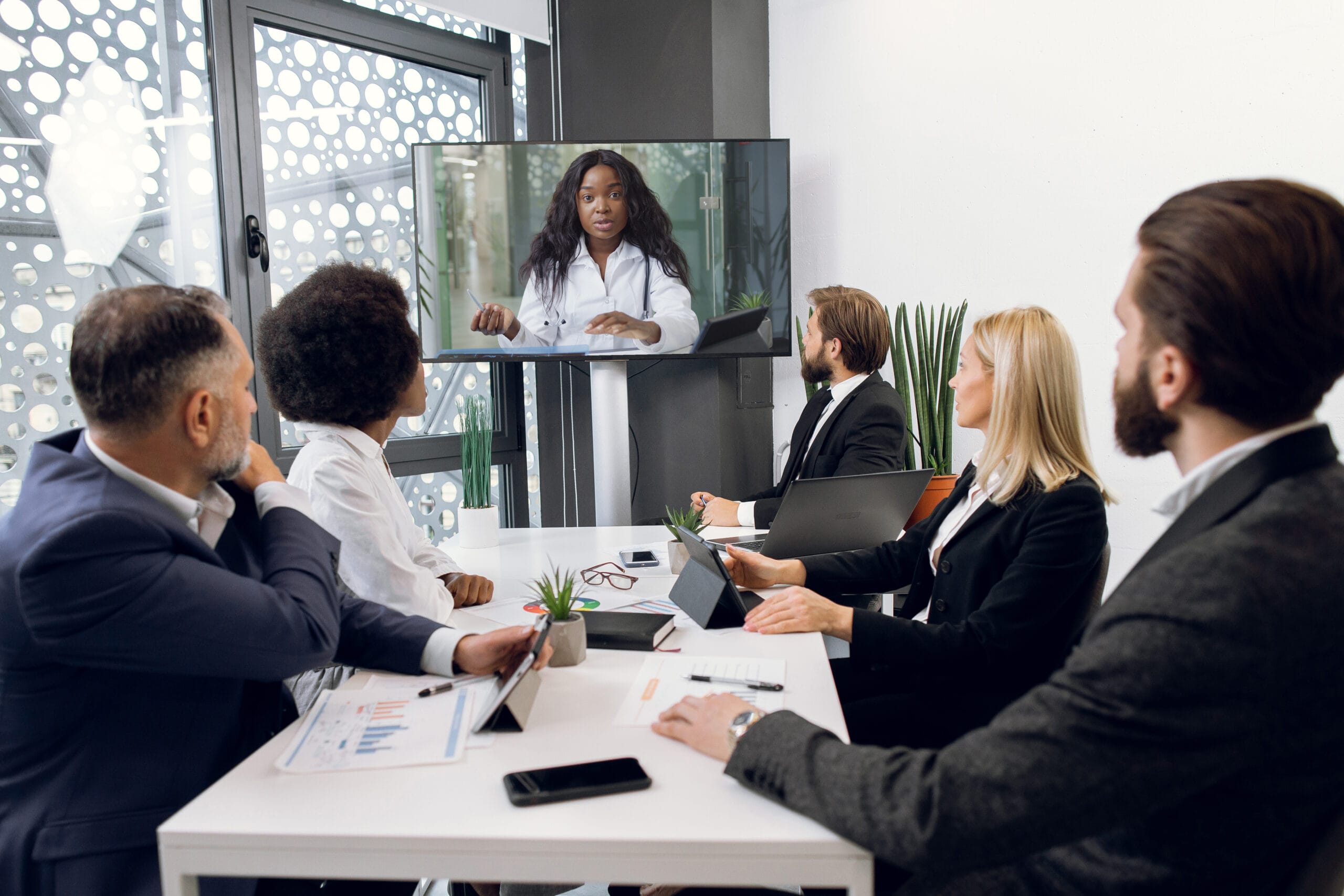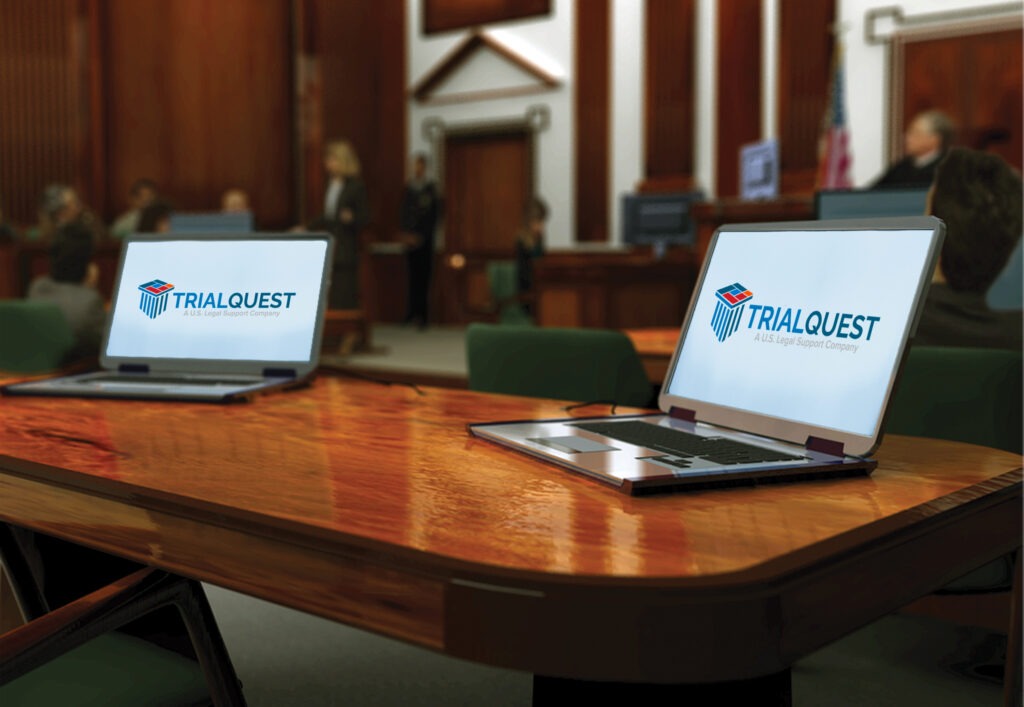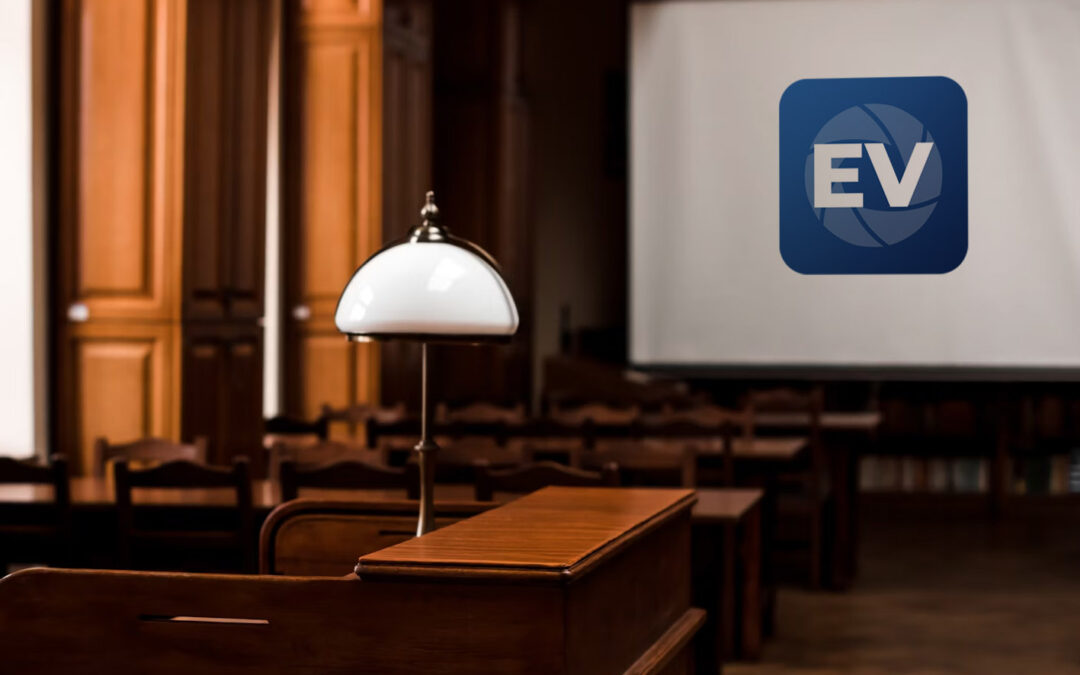Compelling trial presentations make legal points stronger.
Compelling trial presentations make legal points stronger.
Blog Article
How Trial Presentations Enhance Your Argument and Encourage Jurors
Trial discussions act as a critical mechanism for enhancing lawful disagreements and convincing jurors. By incorporating aesthetic aids, narrative structures, and emotional involvement, attorneys can produce a compelling instance that resonates on multiple levels. The calculated use visuals not just makes clear intricate information but also catches jurors' interest much more properly than words alone. The art of storytelling plays a similarly crucial role in transforming factual evidence right into an engaging story, forming jurors' perceptions. Recognizing these elements can substantially influence test results, raising the question of exactly how each component adds to this intricate dynamic.

Significance of Aesthetic Help
Aesthetic help play a critical role in boosting the efficiency of trial presentations, as they can significantly raise target market engagement and retention of information. In the context of a trial, where jurors are tasked with processing complicated details, visual aids offer to simplify and clarify essential points. Charts, charts, and pictures can convey data and ideas that may otherwise bewilder or confuse jurors, enabling a much more uncomplicated understanding of the proof offered.
Additionally, visual aids aid in keeping juror focus throughout the proceedings. By damaging the monotony of verbal testimony, these tools can punctuate important debates, making them more remarkable. Efficient aesthetic aids can also evoke emotional actions, which can be crucial in encouraging jurors to straighten with the presenter's story.

Crafting Compelling Narratives
An engaging story is important in trial presentations, as it functions as the foundation of effective persuasion. It permits lawyers to weave with each other realities, proof, and psychological elements into a coherent story that reverberates with jurors. This narrative framework makes it possible for jurors to recognize the intricacies of the case while guiding them via the lawyer's disagreement.
To craft a compelling narrative, attorneys must concentrate on quality and coherence. This includes developing a clear protagonist-- often the customer-- and outlining their trip with the events in concern. Presenting the truths in a logical series improves comprehension and maintains involvement. Additionally, making use of brilliant descriptions can produce psychological pictures that assist jurors envision the occasions, making the story more memorable.
Furthermore, incorporating essential styles throughout the discussion reinforces the core message and aids in retention - trial presentations. The story ought to not just share information but additionally stimulate a feeling of justice, highlighting the risks entailed. Eventually, a well-constructed narrative fosters a link between the jurors and the situation, placing the attorney's disagreement as both legitimate and engaging, therefore raising the possibility of a favorable see this website verdict

Engaging the Court Mentally
Reliable court engagement pivots on the attorney's capability to attach with jurors on an emotional level. This connection can considerably influence jurors' perceptions and their supreme decision-making.
Aesthetic help, such as photos or video clips, can even more boost emotional engagement, offering jurors with vivid representations of the situation's human components. Crafting a narrative that highlights the struggles and triumphs of the people involved guarantees that jurors see beyond the legal arguments and acknowledge the human consequences of their choices.
In addition, tone and body language play an essential function in conveying emotion. A lawyer's enthusiastic delivery can resonate with jurors, reinforcing their psychological investment in the situation. It's essential to balance sob stories with valid evidence, guaranteeing that jurors feel urged to act while continuing to be based in the truth. Ultimately, an emotionally involved jury is most likely to be convinced, making emotional link a crucial part of efficient trial discussions.
Structuring Your Presentation

The body of the presentation need to be practically fractional into bottom lines, each supported by compelling evidence. It is useful to utilize storytelling methods to weave realities right into a narrative that jurors can conveniently adhere to. Visual aids, such as charts and videos, can boost comprehension and engagement, assisting to highlight essential pieces of proof.
Real-World Case Studies
Taking a look at real-world study offers vital insights into the art of test presentations and persuasion. The landmark instance of "O.J. Simpson v. Individuals of The golden state" shows just how visual aids and compelling stories can guide court understandings. The defense team effectively official site employed an approach that combined top-level professional testimonies with multimedia presentations, which mesmerized jurors and eventually influenced their decision.
An additional remarkable instance is the "McDonald's Coffee Instance," where the complainant's attorneys utilized graphic pictures of the injuries endured by Stella Liebeck. trial presentations. This raw visual proof played a critical role in conveying the intensity of her burns, causing a significant court award. Such situations demonstrate that impactful trial presentations frequently depend upon the Check Out Your URL reliable integration of visuals and storytelling to stimulate emotional actions from jurors
Furthermore, the "Casey Anthony Test" highlighted the significance of narrative comprehensibility and reliability. The prosecution's failure to establish a compelling timeline reduced their convincing power, emphasizing the necessity of a well-structured presentation. Assessing these situations exposes that effective test presentations call for tactical preparation, psychological interaction, and the capability to resonate with jurors' values and beliefs.
Conclusion
Trial discussions significantly boost debates and encourage jurors with the critical use visual aids, engaging stories, and psychological involvement. By simplifying complicated info and fostering connections with the audience, these components create an unforgettable and impactful experience. A well-structured presentation equilibriums psychological appeals with valid evidence, inevitably reverberating with jurors' values. The integration of these strategies not only influences decision-making but additionally underscores the significance of effective communication in the court.
Report this page